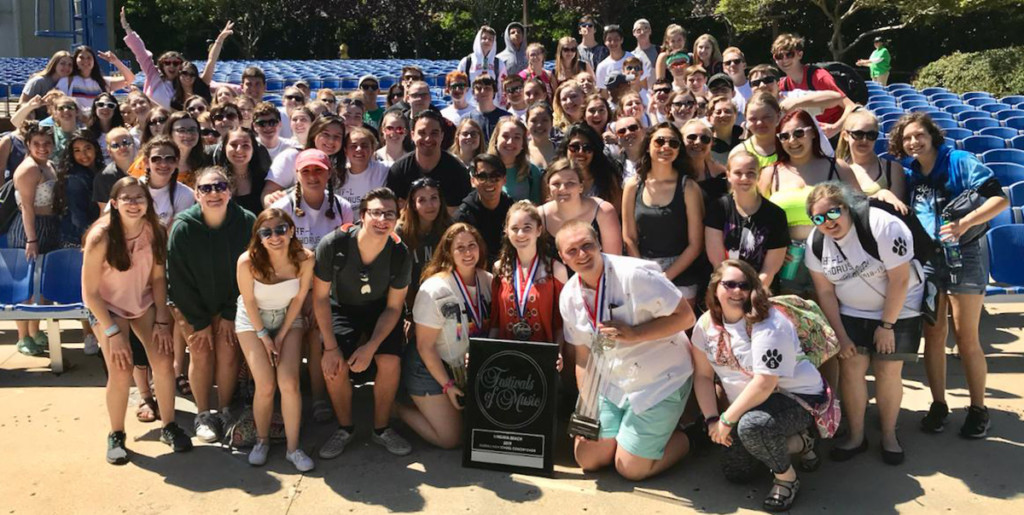BY JENNIFER CROWLEY

According to Scottsville resident and chronicler of village history, Richard King LeRoy, the current front doorway was added in the 1960s/1970s in order to give the home a “stronger Greek Revival look.” Photo courtesy of James Lesch
Earlier this year a new spotlight feature on select antique homes of Scottsville was introduced. The inaugural article focused on the Italianate style structure sitting at the corner of Browns and Beckwith Avenues. The “DDS Brown” home is one of the most easily identified houses in Scottsville given its grand size and uniqueness, attributes accentuated by the more modern style homes surrounding no. 41 Browns Avenue.
While no. 50 Rochester Street isn’t a converted 24 room mansion, it is a historically significant home. The white Greek Revival is featured here because it is currently for sale, the only residence in the Rochester Street Historic District seeking a new owner. The District is comprised of 41 residential structures along both sides of the charming street. Half of the houses date from the 1830’s to the 1850’s, the heyday of the Greek Revival style.
No. 50 Rochester Street sits at the north end of the District near the T. J. Connor School. The home was built in 1849 by farmer and/or cooper, Sears Galusha. Historical records indicate that Galusha was also involved in the construction of other nearby homes (44, 48 and 54 Rochester Street), though it was no. 50 where he settled with his wife Caroline to raise their four sons (Francis, Willard, Edgar and Elon).
Over the next 60 years, Galusha, who was born in 1807 in downstate New York, and his family would become active in the Scottsville community. Sons Edgar, Willard and Elon all lived in the village and worked in the lumber and coal industries. Newspaper clippings reveal that matriarch Caroline hosted local meetings of the Women’s Christian Temperance Union at her home in the 1890s. Only years later grandson Morris Galusha opened a jewelry and optical shop on Main Street. It stayed in business until 1912.
Patriarch Sears died in 1895 and is buried in the Oatka Cemetery (where nearly twenty other Galusha family members have also been laid to rest). The home was left to son Edgar (father of Morris) who died in 1934. From here the home changed hands a number of times and even was a two-family residence for a short spell. In 1952, the home was described as a “10 room, 2-family house, with summer kitchen, complete 4-room apartment upstairs, 6 down: 2 modern bathrooms, new automatic heating system. Can easily be converted to single for large family. Newly redecorated, situated on 2 acres with circular driveway. Garage and workshop. Very close to school, and on bus line.” The asking price at the time? $15,800.
The home was subsequently turned back into a single family dwelling. In the 1980s, RIT professor and acclaimed sculptor Leonard Urso purchased and moved into the house.
In 2003 Cynthia Howk, an architectural researcher with The Landmark Society, surveyed homes in the area and wrote that no. 50 Rochester Street is a “two-and-one-half-story, vernacular Greek Revival residence. Foundation with cobblestone veneer. Rectangular, side-gable plan with front gable end. Windows with simple hood moldings, one-over-one, double-hung wood sash and louvered wood shutters. Front entrance with wide entablature, pilasters, rectangular transom & side lights set above recessed wood panels.”
The 2200 square foot home’s interior has been cared for and reflects attention to original detail. Today there are four bedrooms and two bathrooms and the lot is a single acre. The current asking price for this historic gem is $195,000.








